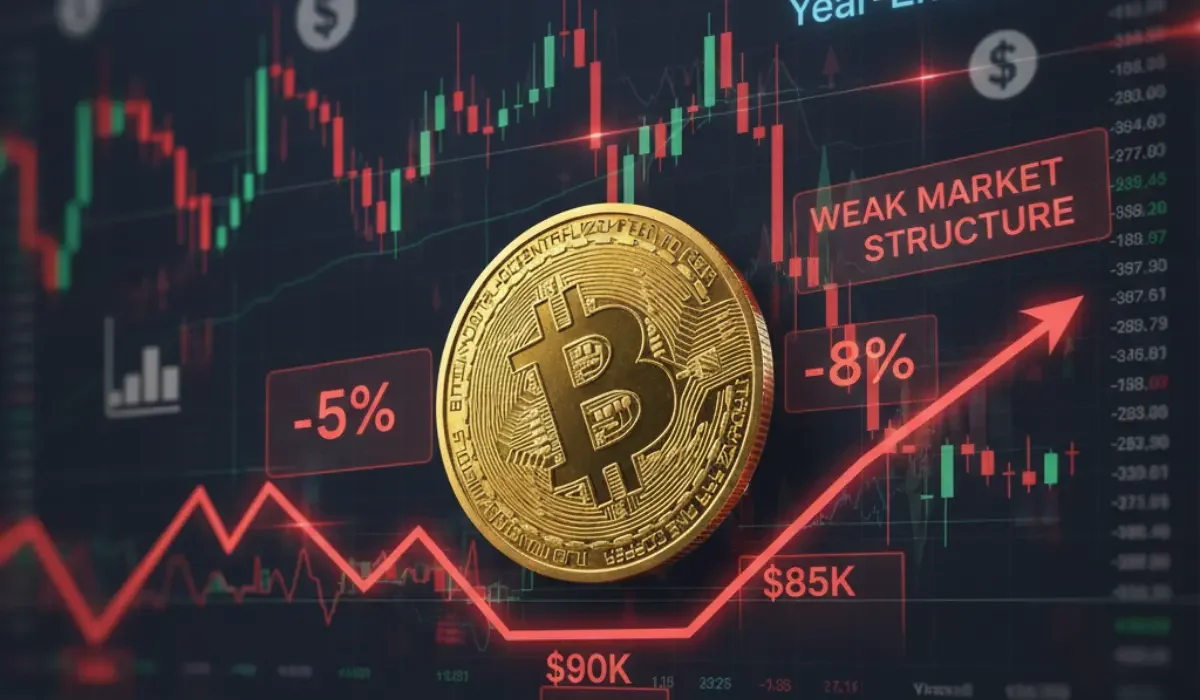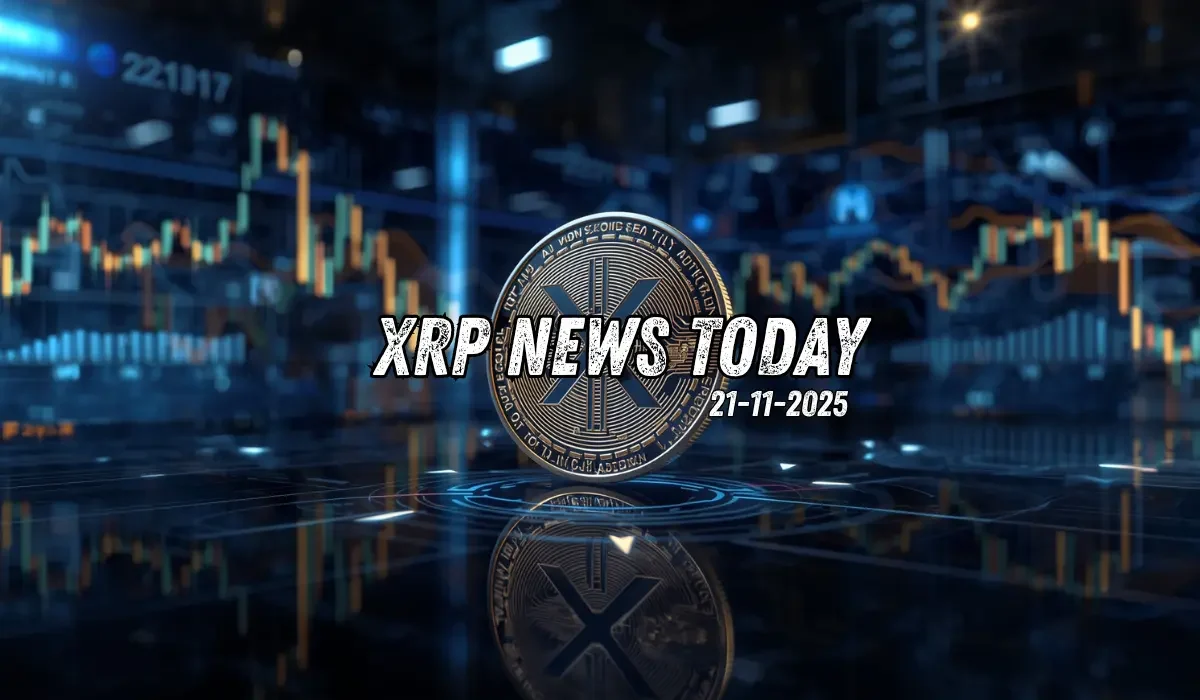Ripple Explores Staking Overhaul to Boost XRP’s Role in DeFi

Key Takeaways
- Ripple is weighing its options to see whether it can enter the DeFi ecosystem.
- Ripple plans to enter XRP in the DeFi ecosystem through staking.
- This requires overcoming several technical hurdles.
- Will XRP makes it to the DeFi ecosystem remains an unanswered question.
By revamping its staking framework, Ripple is expecting to overhaul and expand XRP’s role in the DeFi(Decentralized Finance) ecosystem. By upgrading staking mechanisms, improving rewards, etc., Ripple expects that XRP will see more investor participation when it enters the DeFi ecosystem.
Token utility strengthening is the strategy adopted by Ripple. To achieve this, Ripple aims to make XRP more likely to be integrated by developers and validators. A utility boost aligns with Ripple’s principle of adding intrinsic value to XRP. Ripple’s long-standing utility had been centered around payment. Ripple wishes to expand their territories by widening this utility into lending, liquidity provision, and other decentralized finance applications.
XRP’s Gateway Into The DeFi Ecosystem
With staking as the central idea, Ripple executives are planning on a flamboyant entrance of XRP into the DeFi ecosystem. Staking usually helps investors earn rewards by locking up their investment portions to support the network’s activity, like verification and validation.
This plan of action has taken both the validators and the investors into consideration regarding boosting their faith and loyalty to XRP by incentivizing them through staking rewards and increasing overall participation by attracting new investors.
Head of Engineering at RippleX, J. Ayo Akinyele, proposed the idea, which went viral throughout the crypto community. Fans and investors welcomed the idea with fresh confidence as this stretched the utility of XRP beyond financial settlements and cross-border payments.
The Proposed Staking Mechanism
The news that Ripple would broaden their application beyond global finance and into the DeFi ecosystem was not without conviction. The primary problem that Ripple faces when it enters the staking domain is that it has to rewrite its entire working principle.
Ripple blockchain is currently using a Proof of Association technique for network validation and adding new transactions to the blockchain. The problem with Proof of Association is that it does not inherently support the idea of financial incentivization for network validation. This is because Ripple prioritizes stability and trust over financial incentivization when it comes to their blockchain’s operation.
David Schwartz, Ripple’s CTO, may have come up with two possible solutions to overcome this problem and introduce XRP to the mainstream DeFi ecosystem through staking initiatives.
The primary solution comprises a two-layer consensus architecture with an incentivized internal layer. About 16 validators make up the inner layer, who are selected by the outer layer through staking. The function of the 16 validators of the inner layer is to handle ledger advancement. This will be achieved through staking and slashing.
The reason for adopting this architecture is to prevent problems such as double-signing, according to Schwartz.
The second solution, however, can retain the current consensus architecture. The migration is then achieved through Zero-knowledge proofs or ZK-proofs, which can be used only by paying a fee.
Potential Complexities Could Delay The Entry Into DeFi
After the introduction of his two solutions, Schwartz added that, even though the solutions sound like an attractive proposition for making XRP’s entry into DeFi possible, it is a complex solution and will require thorough research and testing before integrating it into the system.
This statement could potentially indicate that XRP’s entry into DeFi could be delayed without notice or cemented timelines. However, the use case is so lucrative to Ripple that they might push these ideas through prototyping and into reality soon enough.
This is especially true, as XRP is being predicted to showcase extreme competition to Ethereum in the coming year through its institutional adoption and ETF issuances. With so much expectation adding value to XRP, the company is not in a position to slacken its entry into the DeFi ecosystem.
However, the fundamental validation principle has been one of the most attractive features of the Ripple blockchain that brought in such institutional interest in XRP. Cross-border payments and fintech solutions prefer faster execution and lower fees with as centralization as possible. Ripple suits these requirements, and the company is weighing the idea of entry into the DeFi ecosystem without compromising on its fundamental features.
Parting Thoughts
Ripple is going through a dilemma. The entry into the DeFi ecosystem is a surefire way to enhance investor participation. It opens a new wave of primarily interested investors in the DeFi ecosystem, which is growing by the minute. However, adapting the system to partake in DeFi through staking requires Ripple to re-engineer its existing systems. This worrying aspect is what is causing the delay in Ripple’s entry into the DeFi ecosystem.
Whether Ripple will find an amicable solution to enter the DeFi ecosystem without compromising the fundamentals of its existing architecture is a big question among blockchain enthusiasts, institutions, and investors. Will Ripple be able to kill two birds with one stone? This is a story that will unravel with time.
Also Read: Bitcoin Price Prediction Today (Nov 20): What’s Driving BTC Above $92K?
Crypto & Blockchain Expert




